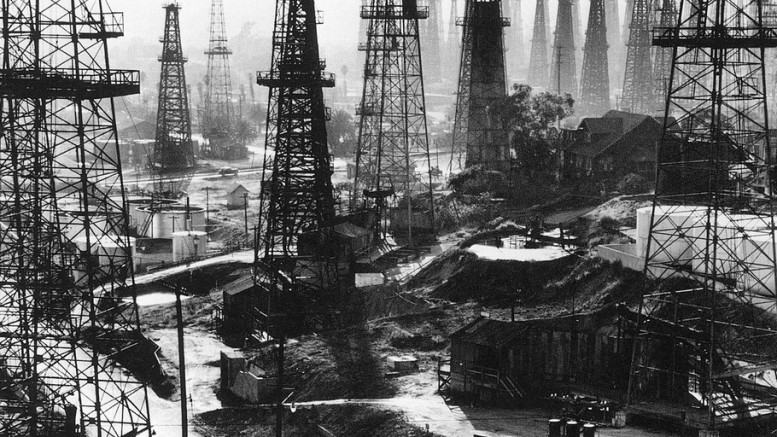The cartel will cut production by nearly 1.2 million bpd from January and for 6 months (representing approximately 4.5% of global production). Furthermore, there are hopes that at the December 9 meeting other “non-OPEC” producers will commit to reducing their output by 600,000 bpd, with Russia cutting by 300,000 bpd. All the OPEC countries with the exception of Libya and Nigeria will cut production – Indonesia once again left the cartel yesterday – including Irak and Iran. This will significantly reduce the effort Saudi Arabia will need to make, a country which has emerged even stronger after the agreement.
So now all that needs to happen is for the countries in the cartel to respect what has been agreed, which we will be able confirm when January production figures are published. In this regard, it should be pointed out that historically these countries have not been very respectful with agreements, so we will have to be on the alert.
Link Securities believes the main objective is to keep crude prices at between $55 and 60 per barrel, levels at which shale production in North America (the US and Canada) can be controlled. “If that is the case, the oil market will be balanced out ahead of time (end first half 2017)”, they explain.
Furthermore, as said by Intermoney, in the short term, the agreements amongst key producers will serve to modulate oil prices, but in the longer term these will come up against two big realities which will impose a floor and a ceiling on them: the recent deficit of investment in the sector and the more competitive costs of non-conventional hydrocarbons.
Those resources which we call classic will remain vital for the formation of prices as they will continued to represent the lion’s share of supply. So the current decline in investments will go against installed capacity in the future and that will end up affecting prices. But it’s also a fact that this gap will be filled, and increasingly more easily, by other kinds of resources. Along these lines, it’s interesting to consider what is the break-even point at which extracting oil is profitable for the big classic producers. The reality is their costs’ structure is still unbeatable, although the differences are narrowing significantly.
The latest calculations point to figures of $10,15/barrel in Kuwait, $11,38 in Irak, $12,50 in Saudi Arabia or $15,50 in Iran. That said, in countries like Qatar they are around $21,7 and production costs in the non-traditional fields in the US have fallen 50% since 2014. To such an extent that in the more efficient explorations in Northern Dakota, production costs have fallen to figures close to $15/barrel, according to Lynn Helms, director of North Dakota’s Department of Mineral Resources. Analysts conclude that case would be at the very positive end of the spectrum in the US, a situation which doesn’t prevent general improvements and where, according to the most recent studies, costs are below $40 in the most productive areas and even near $30 in some of them.
Production costs which are not the only variable to take into account. Transport costs have to be added. It’s becoming quite clear that oil prices are, definitively, not just a matter for OPEC.
*Image: Flickr





